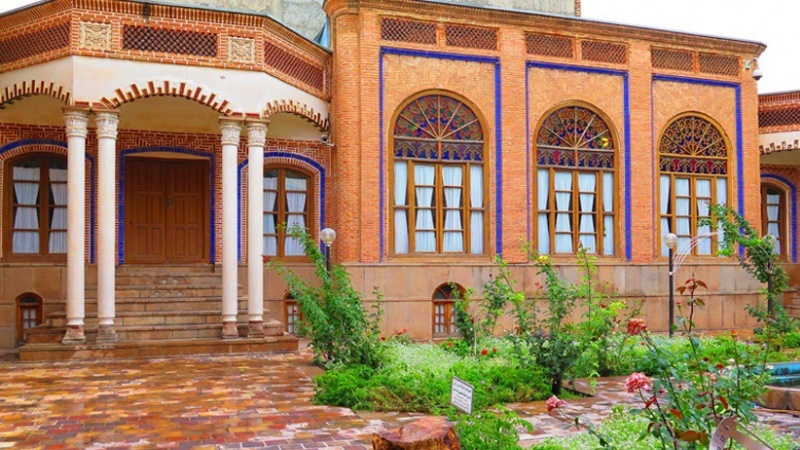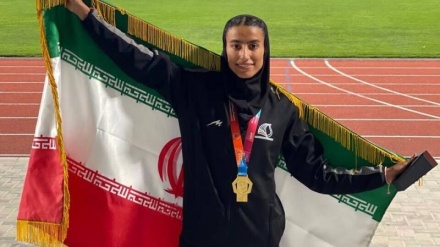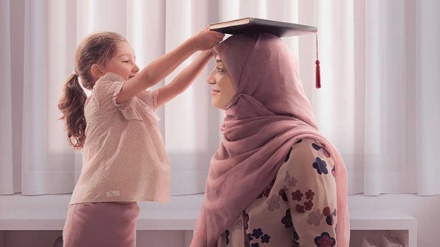Seven historic houses in Tabriz you should visit
Pars Today - With 800 historical houses nestled within its old neighborhood, Tabriz has become a window into Iran's ancient history and civilization. The diversity of these houses can turn a trip to this historic city into a memorable journey.
Here's a glimpse into some of the historic houses in Tabriz:
The Hariri House:
This house, dating back to the Qajar era, is located in Tabriz. The exterior facade showcases authentic Iranian art with beautiful and original paintings inspired by the story of Prophet Joseph (PBUH) and Zulaikha from the holy Quran and other Iranian mythological themes. The interior ceiling is a powerful and marvelous example of Iranian miniature art.
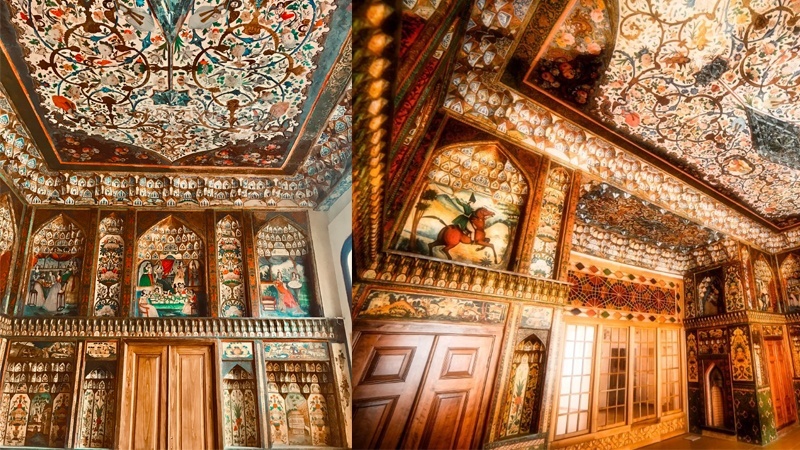
The House of Mashrouteh (Constitution) in Tabriz:
The Constitutional House in Tabriz is one of the most important historic houses in the city, playing a significant role in the social and political struggles of Tabriz throughout the Qajar era. It was once a gathering place for prominent constitutionalists like Sattar Khan and Baqer Khan. Following the bombardment and dissolution of the Majlis (Parliament) by the ruler of time, Mohammad Ali Shah Qajar, a man named Haj Mehdi Koozeh Kanani offered his house to the constitutionalists for various purposes such as decision-making, collaboration, important meetings, and printing proclamations. Valuable artifacts such as the printing press and personal belongings of the leaders of the Constitutional Movement, including Sattar Khan's pistol are preserved in this house.
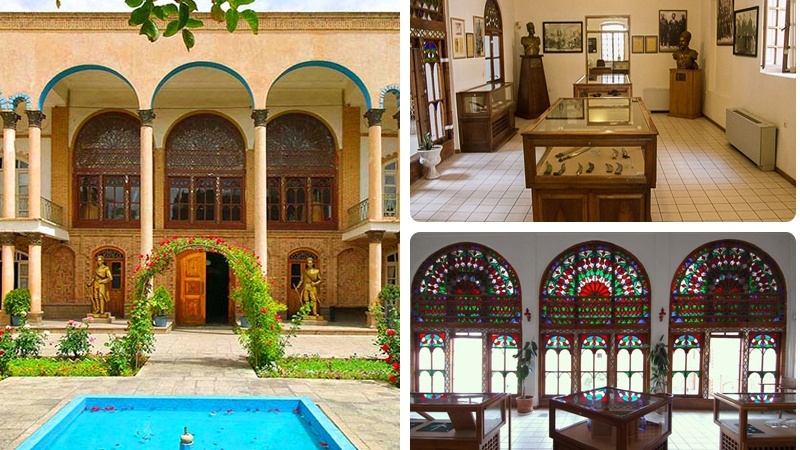
Ordubadi Historic House:
This house takes you back to the turbulent days of World War II. Initially built by a doctor named "Musa Beig" with an area of 1600 square meters, it used a unique combination of stone and brick in its architecture, unlike the typical brick and clay buildings of the time. This distinctive feature makes the Ordubadi House stand out and hold immense historical value. The house later served as the Iraqi consulate until World War II. When Russian forces occupied Tabriz, the Iraqi embassy in the Ordubadi House was destroyed. However, the story doesn't end there! After the war, Dr. Ordubadi once again converted his house into a clinic for mental patients, using it to treat many people.
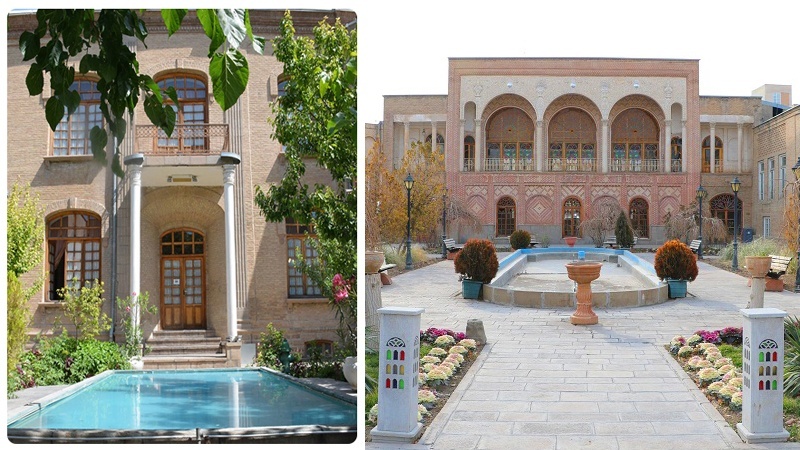
Heydarzadeh Historic House:
Dating back 130 years, this house boasts one of the most beautiful Qajar-era architectures. Its halls are decorated with full-length colorful windows. The house comprises two independent inner and outer courtyards, two buildings, a garden, a hall, and a small pool. Today, the Heydarzadeh Historic House also serves as an exhibition space for historical artifacts.
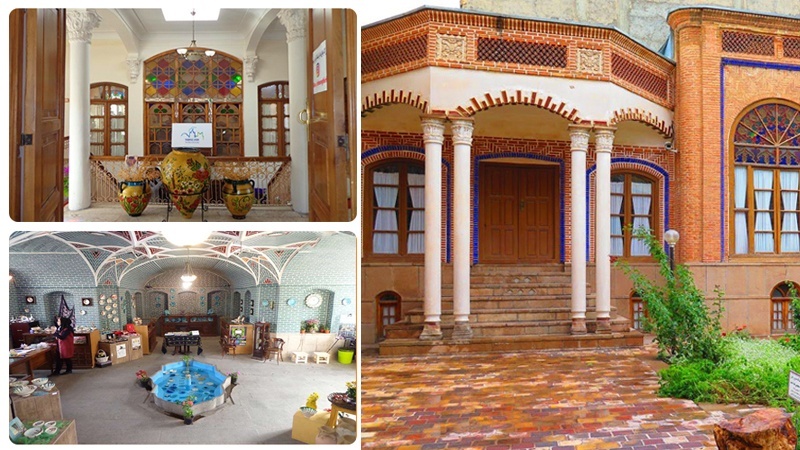
The Museum House of Shahriar:
This house was once the home of Shahriar, the famous Tabrizi poet. Now a popular historical house, it's a favorite among poetry and literature lovers. From his musical instrument seh-taar to his clothes, personal belongings, and bed, everything takes you back to the time of his residence and artistic life.
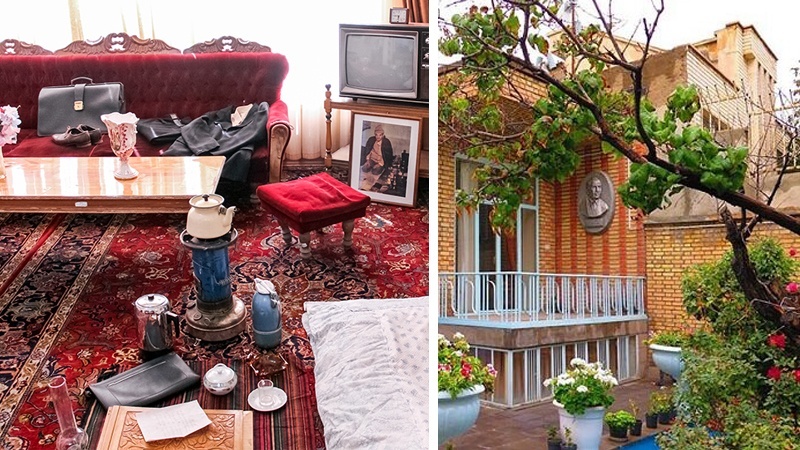
The House of Parvin E'tesami:
Located in Tabriz, this house was the home of Parvin E'tesami, the most famous Iranian female poet. The beautiful pool in the middle of the courtyard, the old architecture of the house, and the statue of Parvin E'tesami on the stairs will capture your attention at first glance. Parvin E'tesami, whose real name was "Rakhshandeh", lived in this house until the age of 7. She passed away in 1941 due to typhoid fever. The poems left behind by this famous poet are included in the Divan of Parvin, which contains 606 poems.
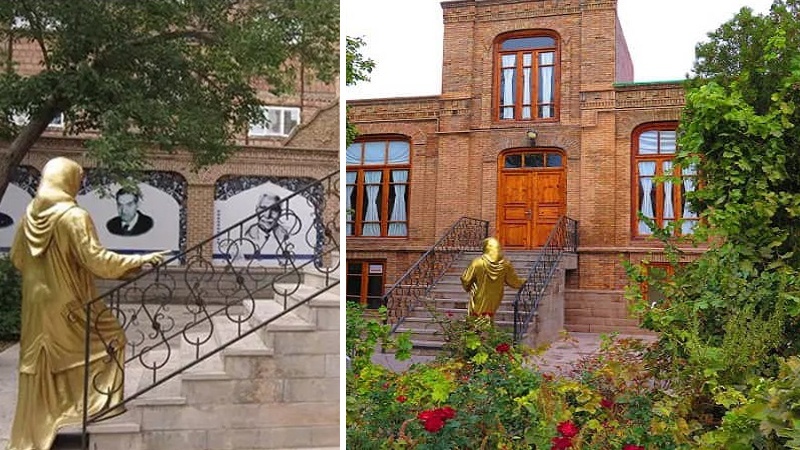
The House of Boloorchian:
This house, dating back to the late Qajar period, attracts everyone's attention with its ornate entrance. The main building is located in the northern part and has a pillared porch facing south. The inner courtyard, located in the northernmost part of the building, reflects the style of old Iranian houses. Rooms on the east and west sides overlook the inner courtyard.
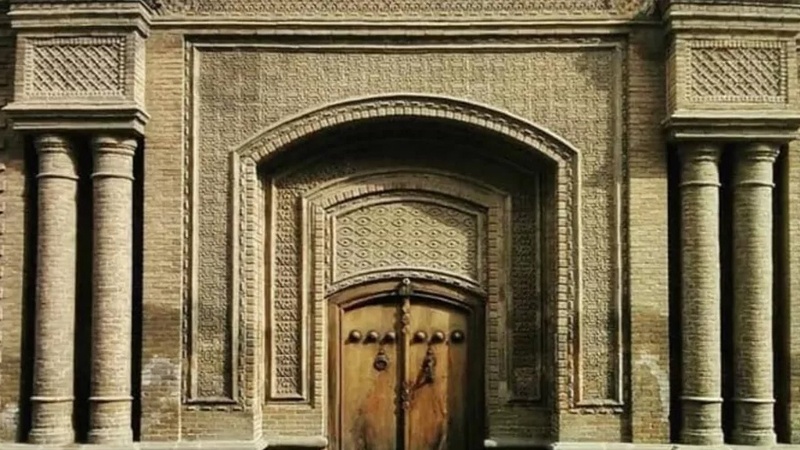
MG/UR
